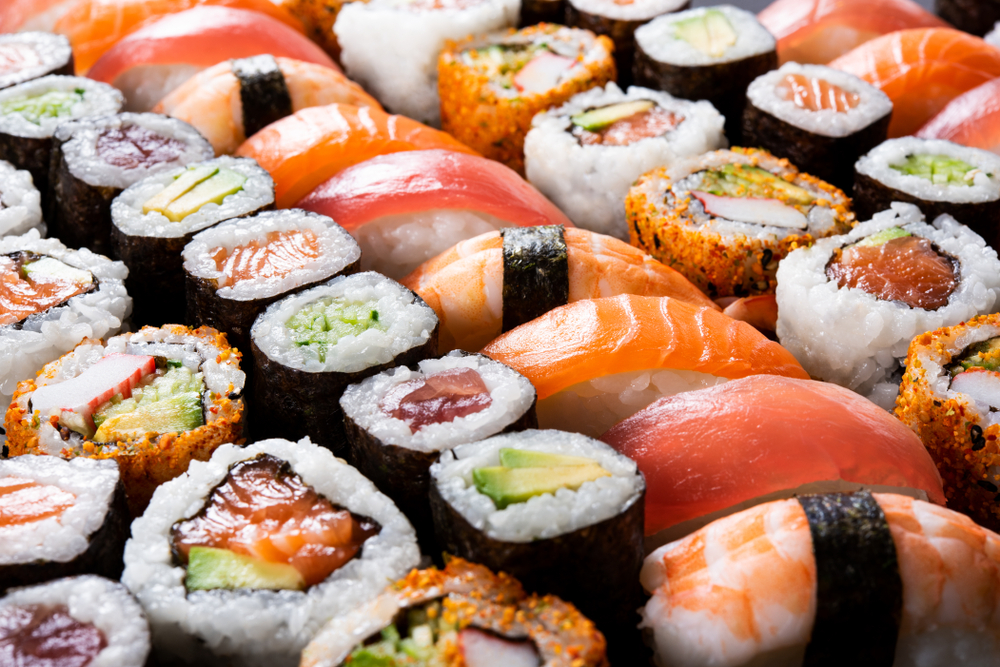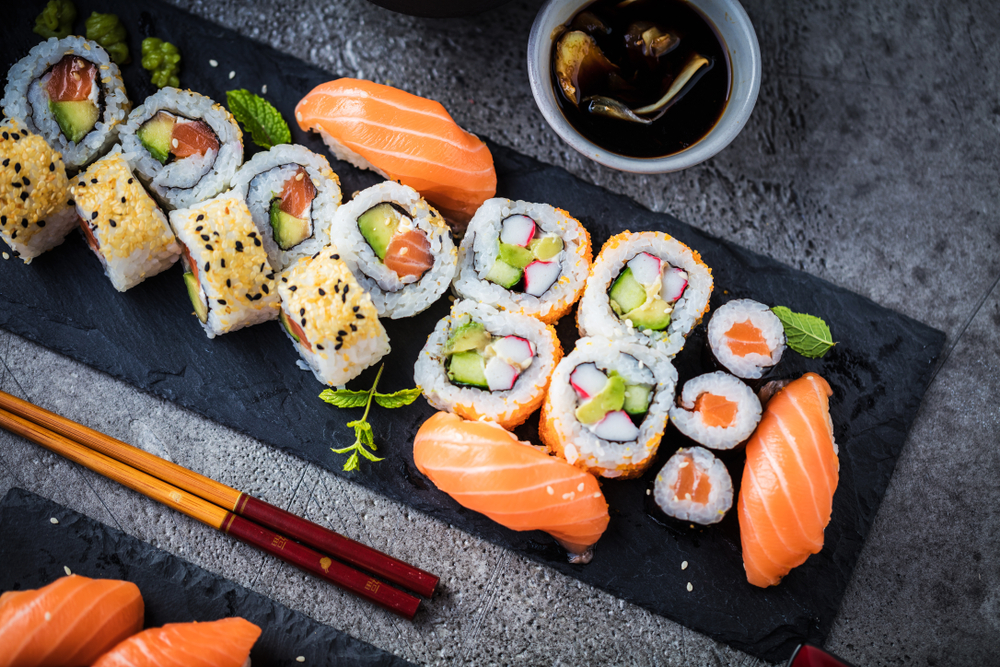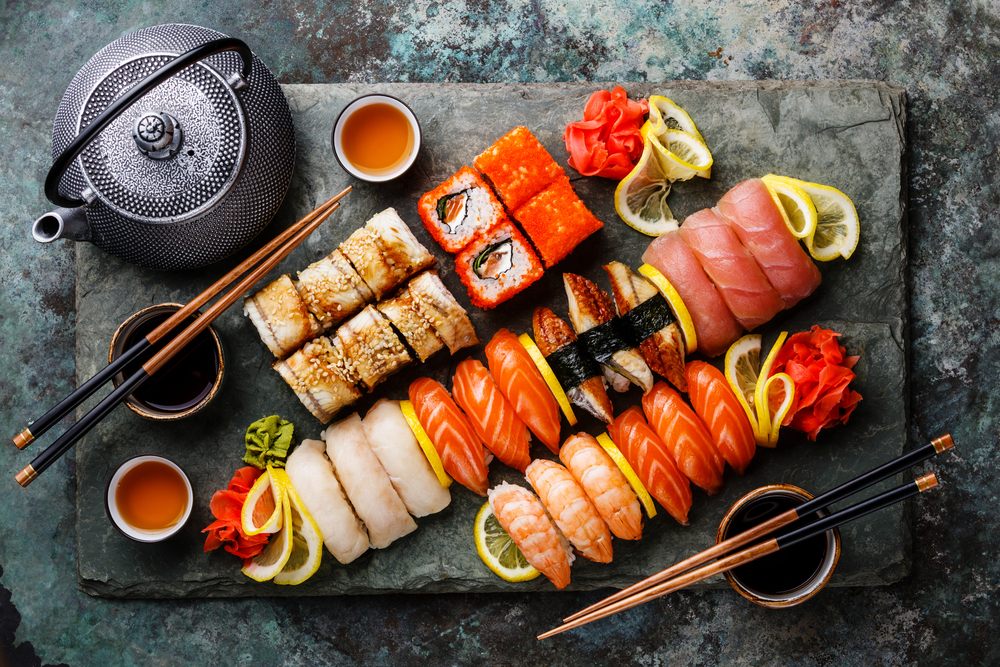Salmon is a common ingredient in baked dishes, pan-fried, grilled, or even eaten raw! That said, salmon poses less threat than most meats when eaten uncooked as long as it is adequately prepared and stored. Eating unseemly stored, handled, and prepared fish can lead to food poisoning; no one wants that! It would be best to take precautions when eating raw fish, sushi, sashimi, ceviche, or seafood.
You may be left wondering, is salmon safe to eat undercooked? Since you can eat raw salmon, you should be able to eat undercooked, right? Wrong. Slightly undercooked salmon is a breeding ground for parasites and bacteria, as 40°F or 4°C is the ideal condition for them to live making slightly undercooked salmon unsafe to eat.
Is It Okay to Eat Slightly Undercooked Salmon?
Eating cold and raw salmon that has been frozen for at least seven days prior is safe to eat. Cooked salmon is safe to eat. However, slightly undercooked salmon is a big no-no. Slightly undercooked can pose threats as bacteria thrive in temperatures of 40°F or 5°C to 140°F or 60°C. You could be ingesting a breeding ground for bacteria if you consume salmon that has not reached an internal temperature of 145°F or 63°C.
That said, it is not okay to eat slightly undercooked salmon. You could expose yourself to many health risks, such as food poisoning, salmonellosis, or other illnesses. To avoid an infection, you should take proper protocol and cook your salmon thoroughly. If you order salmon from a restaurant, ensure that the restaurant is clean and they follow all safety protocols.
However, parasites and bacteria can persist even if you or the restaurant follow all the safety protocols and proper preparation. Always take precautions. If you are at high risk already, do not risk it.
What are the Chances of Getting Sick from Undercooked Salmon?
The risk of getting sick from undercooked salmon is high. Consuming undercooked salmon increases your risk of contracting food poisoning or other food-borne illness by a ton. Undercooked salmon can pose a few health risks, leading to severe wound infection, gastrointestinal disease, sepsis, or food-borne sickness. Your safest bet is to consume cooked salmon and eliminate the danger altogether.
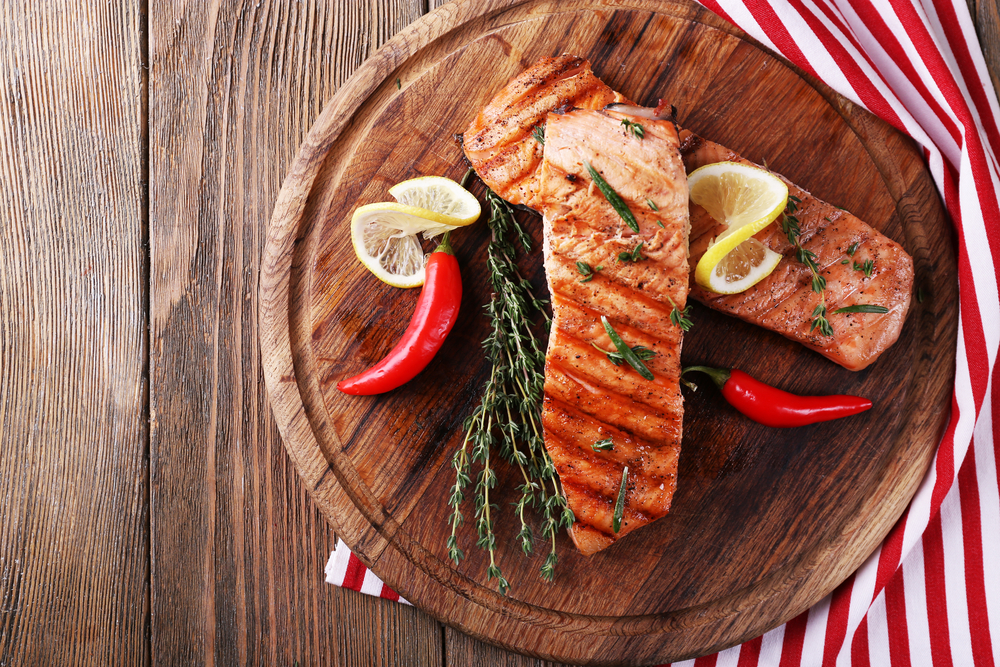
Undercooked salmon can harbor many different bacterias or parasites, such as:
- Cod worms.
- Vibrio Vulnificus.
- Hepatitis A.
- Norovirus.
- Staphylococcus aureus.
- Shigella.
Most of the time, consuming these parasites and bacteria is fine, especially cooked salmon with less than 10 cases of illness averaging annually. If you have ingested infected salmon, you will see symptoms anywhere from 6 hours to 6 days. The United States Food and Drug Administration reports that you should freeze your fish before eating it raw, as doing so will kill most parasites.
Most people can quickly get over a food-borne illness with rest and plenty of water. However, a few people should take precautions when contracting an infection. People who should take precautions can include but are not limited to:
- Elderly.
- Children.
- Young infants.
- Kids under five years old.
- People with compromised immunity.
How Do You Know If Salmon is Cooked?
A 6 oz salmon fillet should take around 11 to 14 minutes at 400° in your oven to become thoroughly cooked. Once your salmon has reached an internal temperature of 145°F or 63°C, your salmon has finished cooking. Your salmon should not smell fishy before or after you place it in the oven.
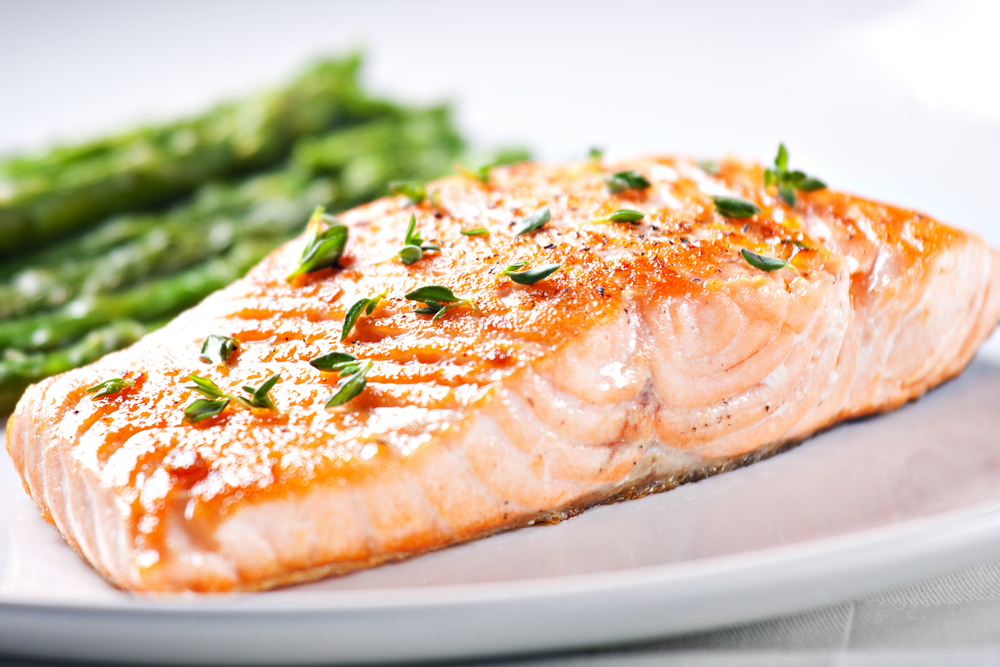
Upon removing your salmon from the oven, you should inspect it visually. Your salmon should easily flake away when you take a fork to it. If your salmon does not easily flake away and you’re struggling to tear it apart, chances are your salmon is undercooked.
If your salmon has a bit of white stuff, known as Albumin, starts to emit, you are ready to remove your salmon from the heat. However, if there is an excessive amount of Albumin, the odds are your salmon is overcooked.
How Long Does Salmon Take to Cook?
Depending on your cooking method, salmon takes very little time to cook compared to meats. You can expect to bake your 6 oz salmon in the oven for roughly 11 to 14 minutes. Another option for cooking salmon would be pan-frying; this would take approximately 10 to 15 minutes. Alternatively, you could grill your salmon; salmon usually takes about 10 to 20 minutes to cook on the grill.
Ultimately, it depends on your cooking method and the size of your salmon for how long salmon takes to cook. For example, a 12 oz poached fillet could take up to 25 minutes, but a 4 oz fillet cooked in the oven could take as little as 8 minutes. You should always bring your salmon to an internal temperature of at least 145°F or 63°C.
Frequently Asked Questions
What do parasites look like in salmon?
Parasites can be an unpleasant experience for some people if you have a problem with worms, parasites, or anything a bit disturbing to look at, especially in your food. A parasite is a tiny little worm commonly found in fish, which is why sometimes they are called a cod worm. Since salmon has a pink hue rather than white like most fish, you will quickly be able to spot these tiny worms in your salmon.
That said, you have no reason to worry if you spot these tiny worms. Although, your chances of finding them are slim to none. The United States Food and Drug Administration, or the FDA, states that there are an average of 10 or fewer cases of illness from these parasites a year. Cooking can smoothly kill off the parasites, leaving your salmon safe to eat.
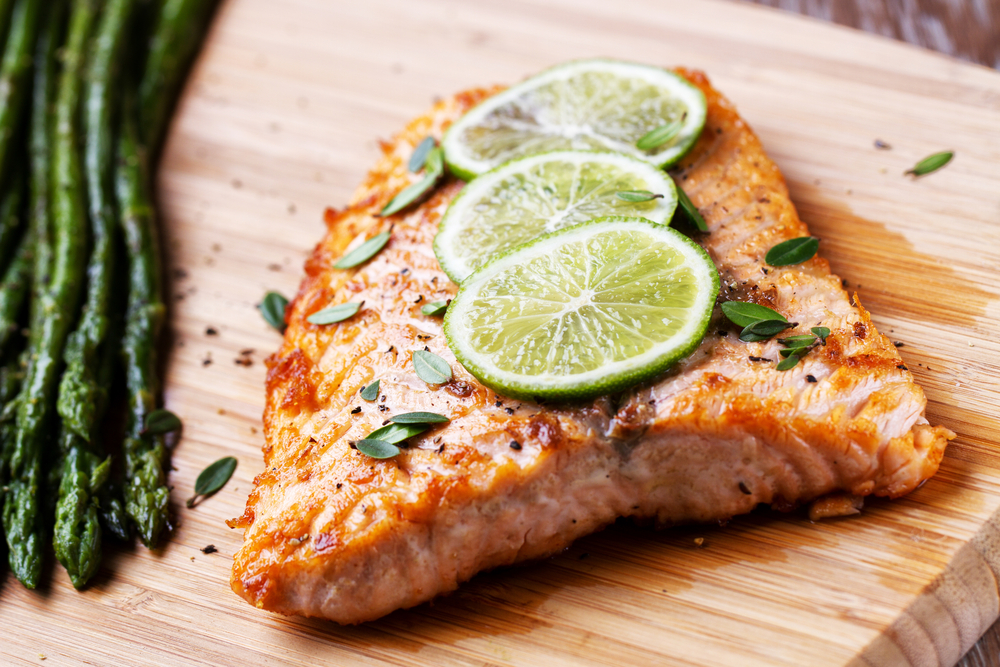
Some people have stated that even though cooking should kill the parasites, they still have paranoia about them. Suppose you are one of those people, no worries. There is a way to remove them; many people use “fish candling.” This process entails holding a light up to the salmon and removing the parasites individually with tweezers.
What’s the white stuff that comes out of salmon?
The white stuff you are referencing is known as “Albumin.” Albumin is a water-soluble form of protein that is coagulable by heat; when you cook your salmon, the Albumin coagulates and protrudes from the salmon’s flesh—seeing Albumin can be a sure sign that your salmon has cooked thoroughly. However, if there is an excess amount of Albumin, that could signal that your salmon is overcooked.
Why is my salmon white and not pink?
Most of the salmon you find in the grocery store has been raised and farmed. When the salmon are in captivity, they do not have access to their regular diet of shrimp and krill. Shrimp and krill contain natural carotenoids. These carotenoids are what give the salmon pink-colored flesh.
Many aquaculture farmers will feed their salmon an additive known as astaxanthin. This additive will give their flesh that pink hue you are used to seeing in salmon. If your salmon is white, it is more than likely safe to consume, but that could mean it has gone rancid as well, so take precautions.
Related post: How to Freeze Tilapia
Summary
To sum it up, undercooked salmon can be a recipe for disaster if you choose to risk consuming it. Undercooked salmon can harbor many parasites and bacteria that are usually frozen or cooked to kill. This bacteria poses little threat once you have thoroughly cooked your salmon. That said, always remember to cook your salmon to an internal temperature of 145°F or 63°C and take extra caution when eating raw fish such as sushi, sashimi, or ceviche.


